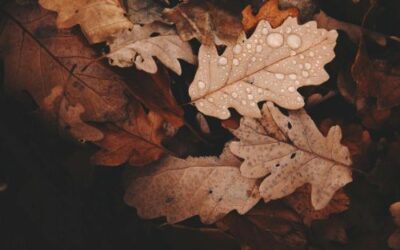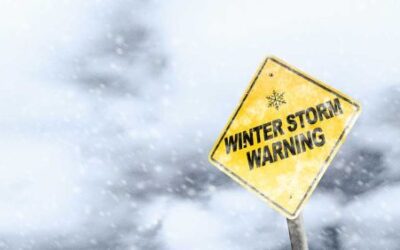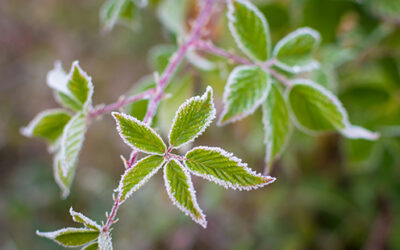Lawn-care tips are not one-size-fits all, especially when it comes to dog owners. There are more things you will need to consider, such as how your dog’s waste will affect your lawn, and more importantly, which recommended treatments and plants could actually be harmful to your furry friend. Following these tips will help you to keep your lawn looking great, while keeping your dog safe.
1. Clean Up Waste Immediately
Allowing dog waste to absorb into the soil will damage your grass. This is because your dog’s waste contains high levels of nitrogen, which will burn the grass and cause unsightly brown spots. So it is important to clean up dog waste immediately, whenever possible. Urine spots can be watered with a hose to dilute the nitrogen.
2. Avoid Chemical Lawn Treatments
Since dogs might eat grass, or even lick their paws, chemical lawn treatments should be avoided. These include fertilizers, weed killers, pesticides, and fungicides. To protect your four-legged friend, opt for home remedies or commercial organic, chemical-free products. Always do your research first, to make sure that whatever you are applying to your lawn is safe for dogs to be around.
3. Select Non-Toxic Plants Only
It is important to only plant non-toxic plants in your yard. Many common plants are toxic to dogs. Before selecting a plant for your landscape, always check the Toxic and Non-toxic Plants list on the ASPCA website. This list contains the names of plants that have been reported as having systemic reactions in animals or intense effects on the gastrointestinal tract.
4. Select a Damage-Resistant Grass Type for Reseeding
Some grass types are more resilient when it comes to daily dog activity. If you are frequently finding dog urine spots or bare patches on your lawn, the reason could be that you have a more delicate grass type, making it weaker. Consider replacing your current grass with a damage-resistant grass type. Examples are: Kentucky bluegrass, Tall fescue, Bermudagrass, Perennial ryegrass, and Zoysiagrass.
5. Prevent Fleas in Your Yard
Fleas are bad news when you have dogs. If you have fleas in your yard, they will eventually find their way onto your dog and into your home. There are some simple steps you can take to prevent fleas in your lawn:
- Remove debris such as twigs, branches,and fallen leaves
- Do not to overwater your lawn
- Secure any outdoor trash cans so you don’t attract rodents or other wild animals that could introduce fleas to your yard
- Spread cedar chip mulch around your lawn, as it is a natural flea repellent
- Regularly dethatch your lawn
6. Fertilize less
Nitrogen is an important nutrient that helps keep grass healthy. Many lawn fertilizers contain nitrogen for this reason. The problem is that too much nitrogen will burn the grass. If you are using a nitrogen-rich fertilizer and then add in nitrogen from dog waste, you are going to end up with too much nitrogen in your yard. It is best in this case to fertilize less frequently or use a nitrogen-free fertilizer to prevent those grass burns.
7. Beware of Foxtail Weeds
Foxtail plants are a weed-type grass that can be dangerous for dogs. They are a common type of weed that appear in turfgrass in summer. Foxtail weeds have barbed seed heads that can embed themselves in your dog’s skin. Their seeds don’t dissolve, so they can actually work their way inside your dog’s body if not removed in time. They can be very dangerous as they have the potential to cause infections and potentially puncture organs or blood vessels. If you see foxtail weeds in your lawn, it is important to pull them up immediately.
8. Create a Potty Area
A designated outdoor potty area can be created by filling an area in your lawn with gravel or mulch. In the morning, urine will be especially concentrated, so having a special spot to promote urination can help protect your yard. One way to promote urination in a specific spot is to get a pheromone-treated pee post, or you can walk your dog on a leash to the new area, giving them plenty of rewards for doing their business there. Since dogs are creatures of habit, they will quickly get used to their new potty area.
Following these tips will help you as you care for your lawn while making sure your dog is protected, and can enjoy your lawn as much as you do! Contact us at Jack’s Lawn Care & Landscaping and we can help guide you through pet-friendly fertilization and weed control methods, along with any other lawn concerns or needs you have.



